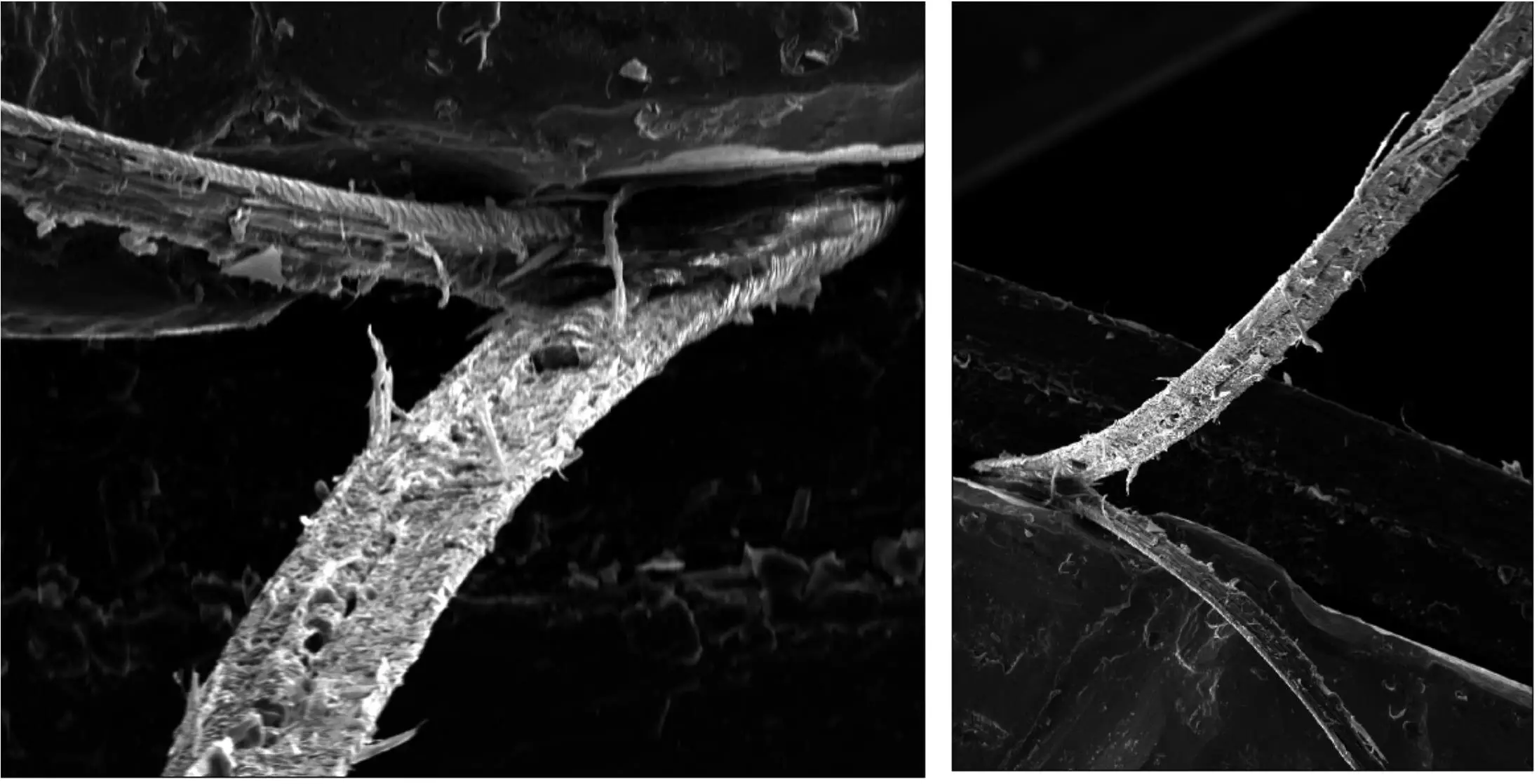Split ends are a common hair concern that many people face. While it may seem like a superficial issue, the science behind split ends is complex and not well understood. A team at Trinity College Dublin led by Professor David Taylor has taken on the challenge of investigating this knotty problem.
Professor Taylor, known for his work in the Trinity Centre for Biomedical Engineering, usually focuses on natural materials such as human bones and seashells. However, when cosmetics company L’Oreal approached him with the idea of studying hair damage, he saw an opportunity to expand his research. Working with a team of researchers, he developed the “Moving Loop Fatigue machine,” specifically designed to recreate the process of combing tangled hair and causing split ends.
The team tested two types of hair: one from a person with split ends, and one from a person without. The results were surprising – both types of hair were prone to splitting under the machine’s testing, but the splitting-prone hair experienced splits at a much faster rate and of a greater length. Even more interesting was the fact that when the hair from the split end-free person was bleached, it started to split similarly to the original split-prone sample.
Isobel Duffy, a researcher on the team, expressed her amazement at the machine’s effectiveness in replicating split ends. This breakthrough allows for further studies into why some people’s hair is more prone to split ends than others, as well as the impact of different cosmetic treatments on hair quality. Professor Taylor emphasized that this research is only the first step in understanding the biomechanics of hair splitting, and future studies could involve a more diverse range of donors with different hair types and environmental factors.
Hair is a complex material that still holds many mysteries, and this research has the potential to transform the way we understand and care for our hair. As Robert Teeling, a team member, reflected on his unexpected journey from an Engineering student to a hair researcher, it highlights the importance of interdisciplinary collaboration in advancing scientific knowledge.
The study conducted by the team at Trinity College Dublin sheds light on the intricate science behind split ends. By developing a machine that can replicate and study split ends in a controlled environment, the researchers have paved the way for future discoveries in hair care. This breakthrough has the potential to impact not only the cosmetics industry but also the millions of people worldwide who seek to maintain healthy and beautiful hair.


Leave a Reply